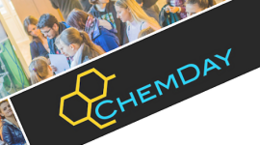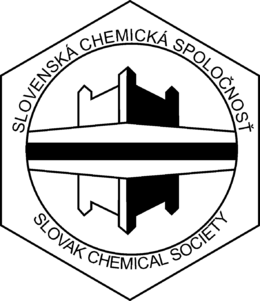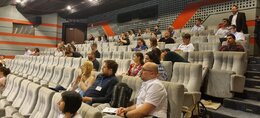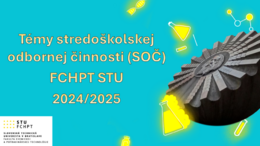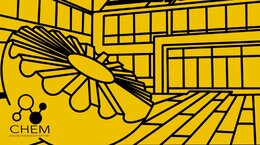The education system in the Republic of Srpska, and Bosnia and Herzegovina (BiH) is facing significant challenges due to low funding and outdated educational methods. In 2020, the Republic of Srpska allocated 2.93% of its GDP to education, with only 2.12% going to primary schools and 0.81% to secondary schools. This percentage is below the EU average of 4.9% of GDP allocated to education. A considerable portion of these funds (97.9%) is used for current expenses like teacher salaries and maintenance, leaving just 2.1% for capital investments aimed at improving educational quality.
Over the past decade, there has been a 30% decline in secondary school attendance in Bosnia and Herzegovina, indicating demographic and structural challenges. In the Republic of Srpska, around 35,628 students were enrolled in secondary education in 2021, with 80% attending vocational and technical schools and 18% attending gymnasiums. While vocational schools attract a significant number of students, their focus on fields like social sciences, mechanical and electrical engineering, and health professions limits the diversification of skills in the workforce. Fewer than 1,000 students per year choose chemistry, pharmacy, or chemical technologies as their focus, an alarming trend given the importance of these disciplines in various industries.
The education system does not adequately recognize the value of natural sciences, particularly chemistry, which has broad applications across multiple sectors such as the pharmaceutical industry, food production, and environmental monitoring. The current curriculum is heavily theoretical and does not connect chemistry education to everyday life or the broader chemical industry. This traditional, theory-driven approach stifles interest in the field and does little to promote professional orientation among students.
Therefore, this project aims to address these deficiencies by focusing on improving chemistry education in secondary vocational schools and gymnasiums in Bosnia and Herzegovina. It will involve developing multimedia teaching materials and creating a didactic manual for teachers to effectively integrate modern digital tools and technologies into their teaching. The project's focus will be on strengthening the competencies of chemistry teachers and providing alternative, low-budget experiments for schools lacking adequate equipment. Experiments will be designed to demonstrate essential chemical concepts and make the subject more accessible and relevant to students' lives.
Additionally, the project emphasizes the need for communication with businesses and industries to align the skills and competencies taught in schools with market needs. This would help ensure that students are better prepared for the workforce. The involvement of business organizations will contribute to the development of materials that include the practical requirements of the job market, ensuring students have relevant, employable skills.
A key goal of the project is to shift from the traditional, theoretical focus of chemistry education to a more practical, hands-on approach that fosters scientific literacy and critical thinking. This will be achieved by integrating modern teaching methods and fostering a deeper understanding of chemistry’s role in everyday life and industry. The project will also address the need to modernize laboratory work and experimental teaching, which have traditionally been an essential part of chemistry education but need to be updated to reflect contemporary teaching goals.
The project will focus on three model high schools, representing various aspects of chemistry education in Bosnia and Herzegovina. These schools will serve as testing grounds for the development and implementation of new teaching materials and methods. The aim is to create a universally applicable model that can be adopted by schools across the country.
In conclusion, the project seeks to reform chemistry education in Bosnia and Herzegovina by modernizing curricula, improving teacher competencies, and ensuring that students are better prepared for the demands of the modern workforce. By addressing the current shortcomings in funding, teacher training, and curriculum design, the project aims to make chemistry education more engaging, practical, and aligned with real-world applications.

